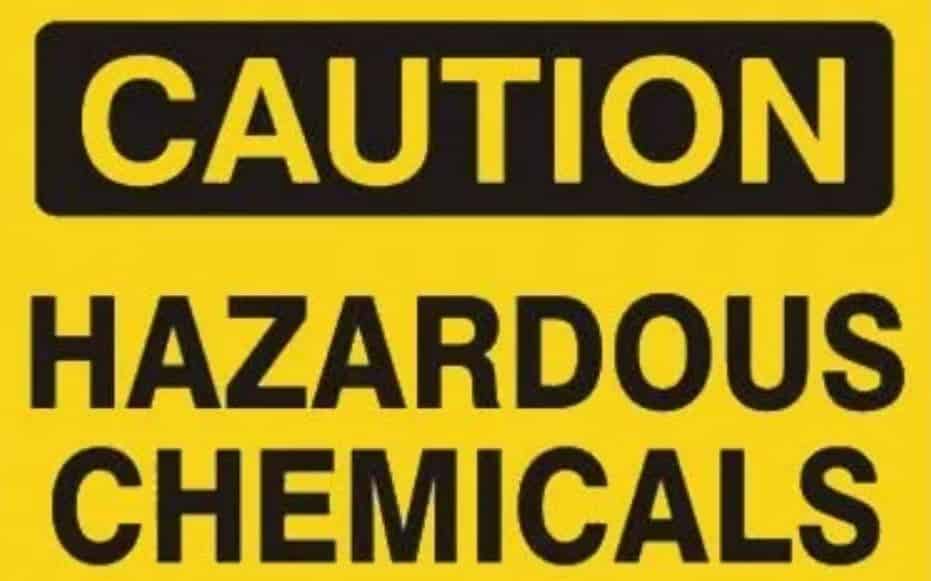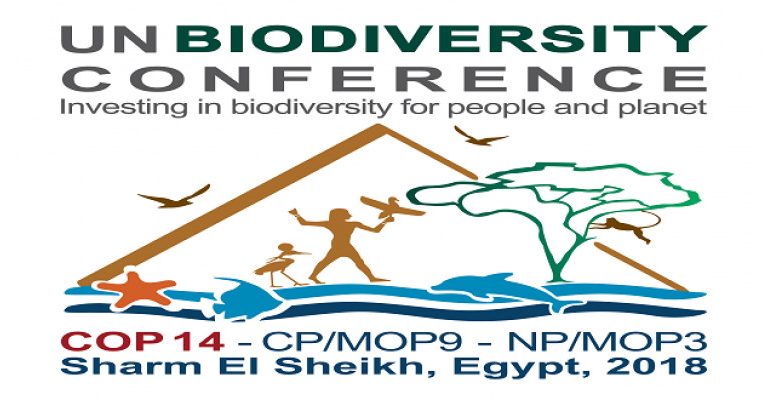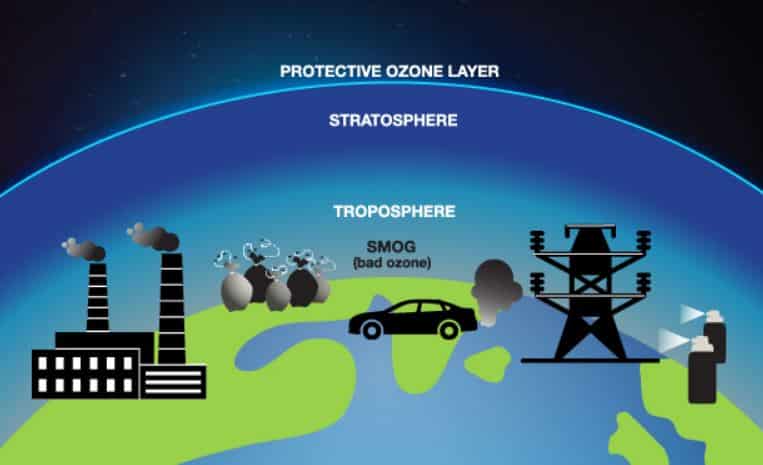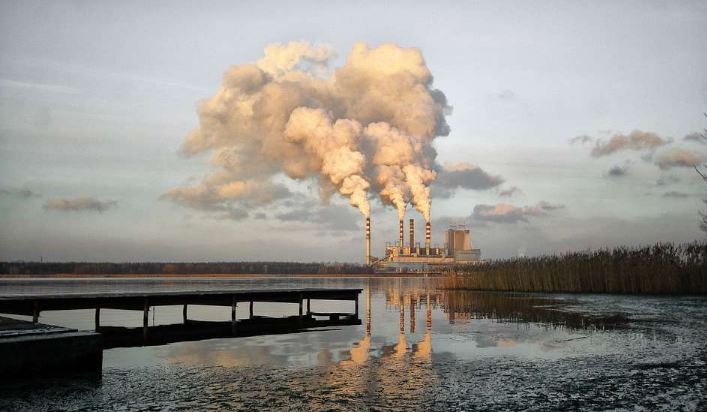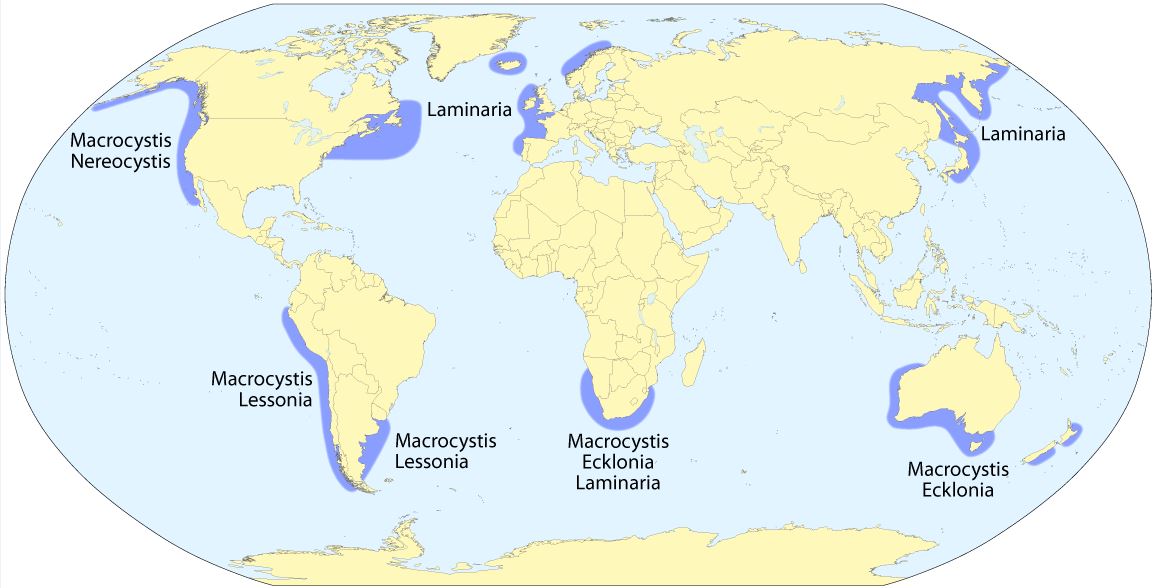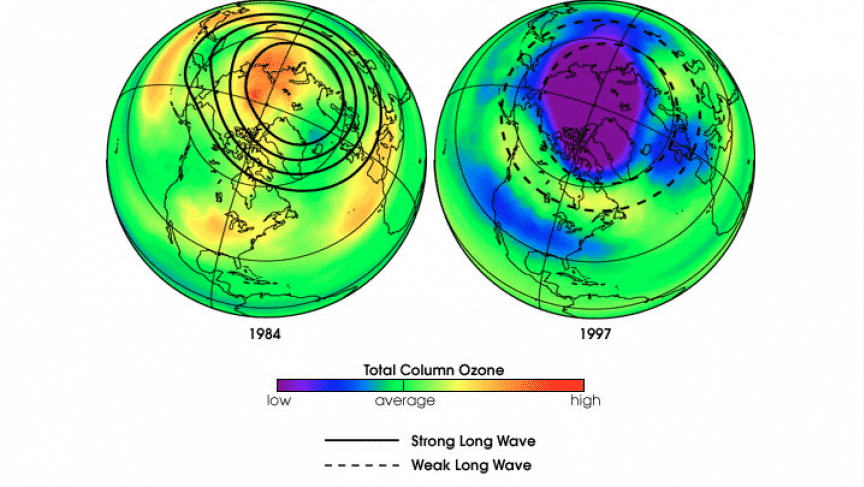Stockholm Convention on Persistent Organic Pollutants | UPSC – IAS
Stockholm Convention on Persistent Organic Pollutants is an international environmental treaty, signed in 2001 and effective from May 2004, that aims to eliminate or restrict the production and use of persistent organic pollutants.
- Dicofol is used as a miticide on a variety of field crops, fruits, vegetables, ornamentals and tea and coffee and is known to cause skin irritation and hyperstimulation of nerve transmissions in humans as well as being highly toxic to fish, aquatic invertebrates, algae and birds.
- PFOA is a widely-used industrial chemical used in the production of non-stick cookware and food processing equipment, as well as a surfactant in textiles, carpets, paper, paints and fire-fighting foams. As a substance of very high concern, it is known to be linked to major health problems including kidney cancer, testicular cancer, thyroid disease and hypertension in pregnancy.
Under Stockholm Convention: Listing for elimination of dicofol and perfluorooctanoic acid (PFOA), its salts, and PFOA-related compounds under Annex A of the Convention, which obliges Parties to eliminate these chemicals from use. Key provisions include:-
-
- Elimination (Persistent organic pollutants (POPs) in annex A);
- Restriction Persistent organic pollutants (POPs) in annex B) &
- Reduction or elimination (unintentionally produced POPs in annex C)
More About Stockholm Convention
- It’s a global treaty to protect human health and the environment from chemicals that remain intact in the environment for long periods (POP), become widely distributed geographically, accumulate in the fatty tissue of humans and wildlife, and have harmful impacts on human health or on the environment.
- It calls for international action on three categories of POPs:
- Pesticides,
- Industrial chemicals, and
- Unintentionally produced POPs.
- It requires parties to prevent the development of new POPs and promote best available techniques (BAT) and best environmental practices (BEP) for replacing existing POPs.
- In 2001, it originally covered the 12 POPs of greatest concern, called the “dirty dozen:”aldrin, chlordane, DDT, dieldrin, dioxins, endrin, furans, heptachlor, hexachlorobenzene, mirex, PCBs, and toxaphene. Another 16 additional chemicals were added to the treaty in 2017.
Where are Persistent Organic Pollutants found? | UPSC – IAS
POPs are found everywhere in the world in measurable amounts.
- Food – fish, shellfish, or wild foods in which POPs have bio-accumulated
- Air – indoors and outdoors, cigarette and secondhand smoke, and vehicle exhaust
- Consumer products – pesticides, insecticides, cigarettes, and some paints

